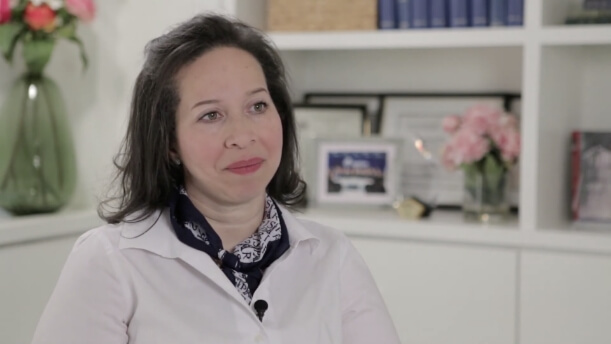
Understanding the Options for Body Contouring After Bariatric Surgery: Panniculectomy or Abdominoplasty?
Tens of thousands of people each year achieve dramatic weight loss by undergoing bariatric surgery. According to the American Society for Metabolic and Bariatric Surgery, in 2017, 228,000 people underwent surgery to restrict the amount of food the stomach can hold or reduce the absorption of nutrients or both. Surgical techniques vary according to the needs of individual patients. Some procedures are reversible; some change the hormonal environment in the gut in ways that reduce appetite and enhance feelings of fullness; some reverse the mechanism by which obesity causes type 2 diabetes.
Weight loss surgery combined with a commitment to healthy diet and exercise habits delivers life-changing benefits, but even with the most successful outcomes, there is one common and distressing side effect that inhibits the full realization of the benefits: Many people who achieve dramatic weight loss are left with unsightly and uncomfortable saggy excess skin that is immune to the effects of diet and exercise and can interfere with the activities of daily living.
Skin stretches to accommodate excess weight. When the weight is lost gradually, the skin is more likely to shrink back to conform to the body’s new dimensions but when weight is lost rapidly, as with bariatric surgery, the skin’s elasticity cannot keep up. Not everyone will suffer the same degree of post-surgical excess skin. Elasticity is affected by genes but also decreases with age, sun exposure, and smoking. In general, the part of the body that carried the most weight is where the skin is most stretched and least elastic and where loose, sagging skin will be most troublesome. For many people, that area is around the middle.
Excess fat and skin that hangs down from the abdomen is known as a pannus. There are two primary surgical techniques for contouring the abdomen: A panniculectomy removes the pannus for functional reasons; an abdominoplasty (or tummy tuck) removes the pannus but also tightens the underlying abdominal muscles and relocates the belly button for cosmetic reasons.
The anatomical structures of the lower abdomen that are involved in these procedures are: the abdominal wall, composed of muscle and tissue, which may become weakened over time or disrupted by surgery; subcutaneous fat stored outside the abdominal wall; and skin that has stretched, no longer molds to the body, and, with excess fat, hangs in folds to form the pannus.
A panniculectomy focuses specifically on removing the fat and skin that hang from the lower abdomen over the groin and, often, the thighs. Panniculectomy is a functional surgery. The excess tissues are heavy, causing back pain, and skin rubbing on skin causes rashes, infections, and skin ulcers. The belly button is resected so that the patient does not have a belly button after surgery.
An abdominoplasty (or tummy tuck) similarly removes excess fat and skin and also tightens the muscles of the abdominal wall; usually the navel is relocated as well. It is performed as a body contouring procedure for cosmetic reasons to flatten the upper and lower abdomen and remove excess skin. In some cases, liposuction can be performed as an additional procedure to contour the trunk.
Panniculectomy and abdominoplasty are similar procedures, and they both involve resecting excess abdominal skin and fat. Either may be part of a body contouring plan after bariatric surgery, generally about 12-18 months later when optimum weight has been achieved and healthy eating and exercise habits have been adopted. Along with a healthy lifestyle, body contouring helps fulfill the promise of dramatically improved physical and emotional health delivered by bariatric surgery.


